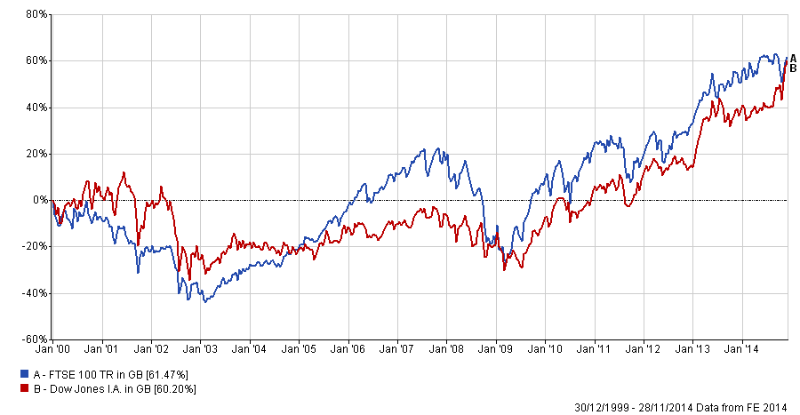Love them or hate them, pensions typically involve people having strong points of view whilst also being the subject of political interference.
Since 2001 we have had a raft of changes – the advent of stakeholder pension charge caps and the associated legislation on employers, the (now laughable!) pension simplification in 2006, changes to state pension provision (and timing), fluctuations in pension funding allowances, automatic enrolment obligations on employers and now the ‘pension freedoms’ which are due to commence in April 2015.
If anything keeps financial planners on their toes, it’s pensions – however those of you who are lucky enough not to need to keep up with the latest developments may well find that your views of pensions are clouded by misinformation, misunderstanding and – perhaps – a general detachment from reality.
There are key changes taking place in April and whilst there is too much to cover in a post like this (and if detail was provided, there is a danger of perceived advice!) there are some key (dare it be said ‘exciting’) developments taking shape.
Pensions have always offered a tax effective way to invest – giving people the ability to invest in assets which grow virtually free from tax, offering 25% of the fund ‘tax free’ whilst also deferring income tax (with the objective being that benefits are drawn in a lower tax environment that that when funds are invested). In summary, pensions typically offer a very tax efficient way of creating income in retirement.
The main ‘issue’ with pensions is that capital control is lost and whilst for those seeking to generate income in retirement this is not generally a concern, for others it can be a genuine objection.
From April 2015, however, this potential ‘barrier’ is removed once the age of 55 is reached given that access is permitted without restriction; however perhaps the greatest change is that pensions will be able to be passed on not only between spouses/dependents but also between non-dependent beneficiaries – therefore offering scope to cascade pension wealth between generations.
Pensions will therefore enable individuals to build up funds which will be paid free from tax in the event of death before 75 and if death occurs after 75, the tax charge on death on funds could be as low as 0% (currently, it stands at 55%).
Add to this the flexibility that individuals will be able to draw income or lump sums from their pensions as required – not only does a pension continue to offer the tax effectiveness it always has done, it opens up freedom of access once an individual reaches 55 and also offers a means to shelter assets from Inheritance Tax for longer!
For those who are looking to retire early and specifically have no other taxable income (i.e. they have not yet drawn their state pension) the new rules will provide the opportunity to potentially draw up to £14,133 (in tax year 2015/16) without any tax liability – £28,266 for a couple – with the expectation that this annual figure will increase in years to come.
Historically, therefore, pensions were used to provide income ‘on the drip’ – the new rules will permit investors much greater flexibility to generate tax effective income based on their personal circumstances.
Whilst ‘unknown unknowns’ can cause untold damage to financial wealth, it is also important not to overlook other potential opportunities that legislation change often brings – given all of the above and the number of misconceptions associated with pensions, it is therefore perhaps time everyone gave them another ‘look’!


